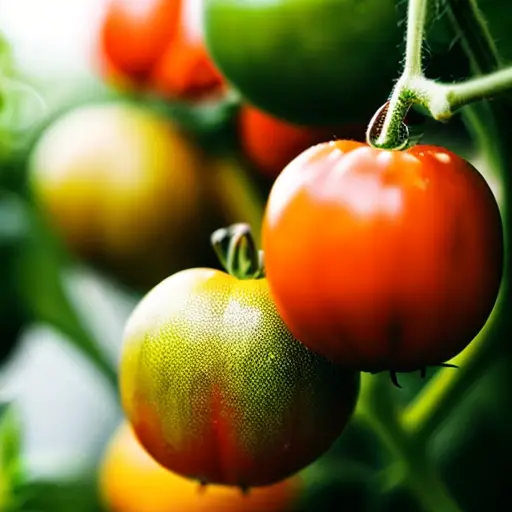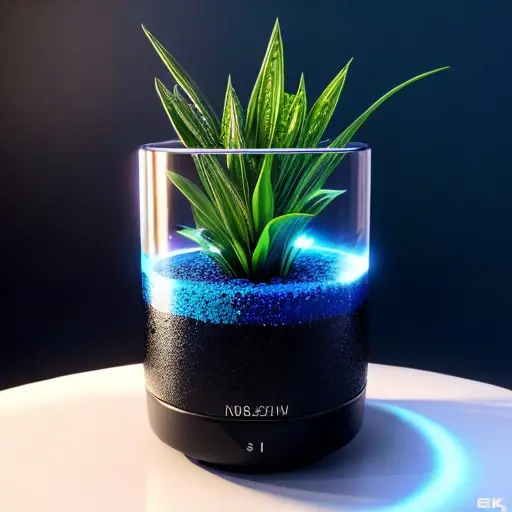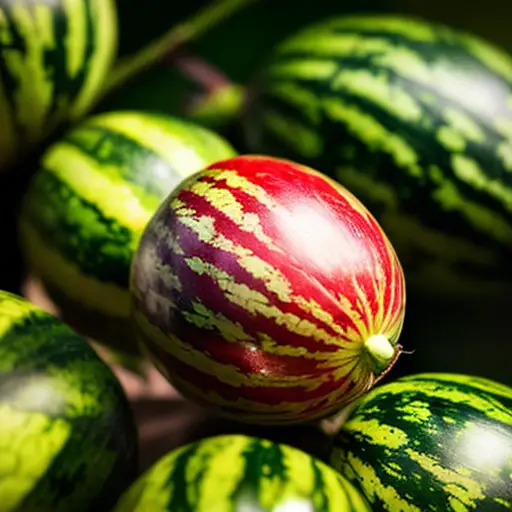Plant Nitrogen Acquisition: An Essential Process for Growth and Development
Introduction to Nitrogen and Plant Growth: Unveiling the Key Role of Nitrogen in Plants’ Nutritional Needs
Are you ready to dive into the fascinating world of nitrogen and plant growth? Brace yourself for a wild ride full of blooming flowers, thriving crops, and plants that are ready to take over the world! In our quest to understand how plants obtain nitrogen, we embark on a journey more entertaining than a monkey swinging from tree to tree. Picture this: plants, like picky eaters, cannot just grab a burger from a drive-through; they have to put in a little more effort. Thankfully, Mother Nature has got their backs! Plants have a secret weapon called symbiotic relationships, where they team up with nitrogen-fixing bacteria to satisfy their insatiable nitrogen cravings. It’s like the ultimate buddy cop movie, where these two work together to save the day – or rather, the plant’s nutritional needs. So, get your popcorn ready, because this blog post is about to unleash the comedic adventures of plants and their quest for nitrogen supremacy!
Nitrogen Fixation: The Essential Process that Enables Plants to Obtain Nitrogen from the Atmosphere
One interesting fact about how plants obtain nitrogen is that some plants have developed a fascinating symbiotic relationship with nitrogen-fixing bacteria. These bacteria live in specialized structures called nodules that form on the plant’s roots. Through this mutualistic partnership, the bacteria convert atmospheric nitrogen gas into a form that is usable by the plant. In return, the plant provides the bacteria with nutrients and a protected environment. This remarkable adaptation allows certain plants, such as legumes like peas and beans, to thrive in nitrogen-deficient soils and contribute to nutrient cycling in ecosystems.
Listen up, my chlorophyll-loving comrades, because I’ve got some mind-blowing info for you about nitrogen fixation, the ultimate party trick of plants! You see, while humans are busy sweating and toiling to extract nitrogen from the ground, plants have a secret superpower – they hitch a ride on the nitrogen express from the atmosphere! Yes, you read that right. Through the mystical and utterly essential process of nitrogen fixation, plants flaunt their botanical swag and convert atmospheric nitrogen into a usable form. They summon their microscopic pals called rhizobia, who work their magic by cozying up to roots and transforming nitrogen gas into ammonia, a much tastier treat for plants. It’s like the ultimate nitrogen buffet, and these green geniuses are the lucky VIP attendees. So next time you admire a majestic tree, remember its secret weapon: the power of nitrogen fixation, making plants the ultimate nitrogen-nabbing ninjas!
Nitrogen Uptake from Soil: Exploring the Intricate Mechanisms Plants Utilize to Absorb Nitrogen from the Ground

Ah, the almighty quest for nitrogen! It is a mesmerizing dance of plants and soil, as they engage in a highly intricate and curiously fascinating tango of nutrient uptake. So, let us embark on a whimsical journey to understand ‘how do plants obtain nitrogen’ from the depths of the ground. Picture this: beneath the surface, plants send out their fine, slender roots to explore the fertile realms of soil. These roots, armed with determination and a voracious appetite for nitrogen, deploy an arsenal of mechanisms to forage and acquire this essential element.
First, we encounter the versatile and cunning ‘ammonium assimilation’ strategy. Plants, being the clever beings they are, have devised a way to exploit a commonly available form of nitrogen present in the soil called ammonium. Through sheer ingenuity, plants utilize a group of enzymes called ‘nitrogen reductases’ to convert this ammonium into an organic molecule called ‘amino acid’.
Now, brace yourself for a quirky twist in our tale as we encounter the alluring ‘nitrate acquisition’ technique. Picture a suave plant, donning a monocle and top hat (hey, it’s our whimsical journey, so anything goes!) as it woos and seduces nitrate ions from the soil. These nitrate ions are diligently taken up by roots through a series of protein transporters. Once inside the plant, they undergo a fascinating transformation, converting into ‘ammonium’ via an enzyme called ‘nitrate reductase’. This ammonium, as we learned earlier, is then strategically assimilated into amino acids, proteins, and other vital molecules.
But our botanical adventure doesn’t end there. Brace yourself for the ‘nodulation narrative’, a captivating tale of plants partnering up with bacteria for an extraordinary nitrogen acquisition endeavor. Certain plants, such as legumes, form symbiotic relationships with soil-dwelling bacteria known as ‘rhizobia’. These remarkable bacteria fix atmospheric nitrogen, converting it into ammonia, a form that plants can readily absorb. In this unique partnership, plants provide rhizobia with a cozy home in specialized structures called nodules while benefiting from their nitrogen-fixing talents. It’s like a charming BandB, but for bacteria!
Now, let’s not forget about the role of mycorrhizal fungi, those fantastic underground maestros of nutrient exchange. These fungi form a harmonious alliance with plant roots, extending their reach into the vast, nutrient-laden soil. In return for organic carbon supplied by the plant, these fungi scavenge and deliver precious nitrogen and other essential nutrients to their green partners. It’s a quirky barter system where mutual satisfaction leads to shared success!
So, dear readers, as we conclude our whimsical journey into the wild world of nitrogen uptake, we can’t help but marvel at the intricacy and resourcefulness of plants. They employ a dazzling array of strategies, from ammonium assimilation to nitrate acquisition, nodulation tales, and mycorrhizal relationships, all in their tireless quest for nitrogen. Next time you gaze upon a seemingly ordinary plant, take a moment to appreciate the wonder beneath the surface, where a whimsical ballet of nutrient uptake unfolds to sustain life’s vibrant tapestry.
Symbiotic Relationships: Unraveling the Fascinating Association between Plants and Nitrogen-Fixing Bacteria
A fun fact about how plants obtain nitrogen is that some plants have formed mutually beneficial relationships with nitrogen-fixing bacteria. These bacteria live in nodules on the plant’s roots and convert nitrogen gas from the air into a form that the plant can use. In return, the plant provides the bacteria with sugars and other nutrients. It’s like plants have their own tiny partners in crime, working together to ensure both parties have a nitrogen-filled success!
Ah, the captivating world of symbiotic relationships between plants and nitrogen-fixing bacteria! Brace yourselves for a fascinating journey, my dear readers. Picture this: plants are like social butterflies, oh-so-thirsty for nitrogen to fuel their growth and flourish in all their green glory. Yet, crucially, they can’t just pop down to the grocery store and grab a carton of nitrogen. So what’s a plant to do? Well, fear no more, for here’s where our glorious nitrogen-fixing bacteria come in! These microscopic superheroes take on the vital task of converting atmospheric nitrogen into a form that plants can actually use – talk about teamwork! In return, our adorable little plants offer these bacteria a cozy spot to live in their nodules, and even a bit of delicious carbohydrate sustenance. Talk about a symbiotic relationship that’s the epitome of ‘you scratch my back, I’ll scratch yours!’ Now, if only plants could return the favor by organizing a nitrogen-fixing bacteria appreciation gala, complete with tiny tuxedos and festive mood lighting… alas, I digress. The wonders of nature never fail to entertain!







